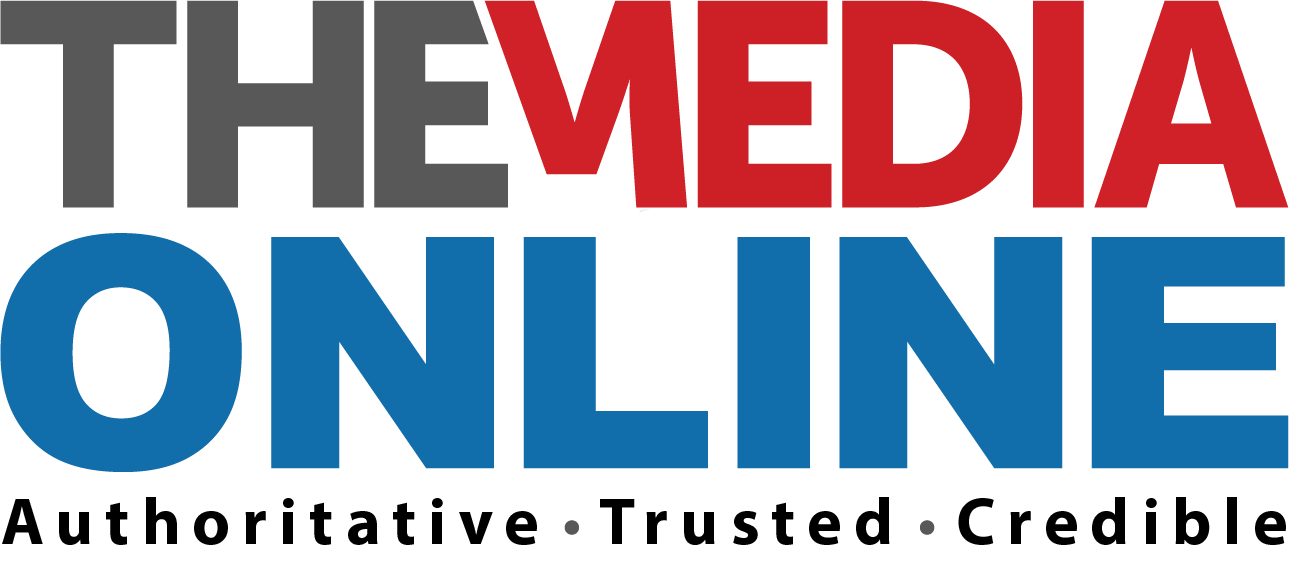Agentic marketing is, simply, using AI agents to do work. The challenge posed by most was that agentic solutions will replace people, but the opportunity posed was that it creates massive efficiency for the foundation of advertising.
My question was more pointed: Where does the role of an agent begin and end?
‘Vibe coding’
At its most basic, the concept of an agent is nothing more than a rules-based algorithm that can be used to automate things like trafficking, media buying and optimisation. People refer to agents as ‘working on your behalf’, but these agents are programmed.
Still, this is not new — it’s basically machine-learning-based optimisation. That has been around for years, and ad agencies have touted this as a differentiator even though it’s really not (you can’t have a differentiator when everyone has the same technology).
The real opportunity for agentic marketing is when tools have progressed to be prompt-based discovery, development, implementation and optimisation. It’s what many people refer to as “vibe coding” applied to media buying, and it is overtaking the conversation.
This is where things really get interesting.
Prompt-based marketing
Prompt-based marketing experiences will be the next stage, and it will create even more parity in the agency landscape. Imagine how this works in a world dominated by a few major platforms (Meta, Google, Amazon, The Trade Desk) and a few basic channels (video, social, digital out-of-home, display and whatever search ends up looking like).
With fewer dominant players, you can more easily create an interwoven agent marketplace that works for any media planner and buyer and enables all sorts of efficiency. That means media planners become more conversational, and they learn how to direct agents to do their bidding.
This model is no different from what you see when you witness someone create an AI-generated video using Midjourney or Veo 3. The length, depth and detail of the so-called prompt is immense, and what comes out is incredible.
A wild time
By directing an agent to build an audience, find the right channels based on audience composition, and leverage creative from a library of existing assets to deliver the ad most likely to be engaged with, factoring in things like time of day, prior exposure and more, leads to very interesting results.
All of this is compounded by the fact that cookies are not going anywhere. With cookies omnipresent, and agents reading those cookies, we are entering into a world where the foundational elements of advertising are going to be fully automated, and only the most creative elements that get layered on top will be fully manual.
It’s a wild time. I grew up in agencies, where I learned a lot. There, I won the opportunity to perfect my craft, but I worry that there will be much fewer entry-level roles than in the past.
This scares me if I think about the future of media-buying agencies. What do you think?

Cory Treffiletti is chief marketing officer at generative AI-powered product placement platform, Rembrand. He was previously SVP at FIS. He has been a thought leader, executive and business driver in the digital media landscape since 1994. In addition to authoring a weekly column on digital media, advertising and marketing since 2000 for MediaPost‘s Online Spin, Treffiletti has been a successful executive, media expert and/or founding team member for a number of companies, and published a book, Internet Ad Pioneers, in 2012.














